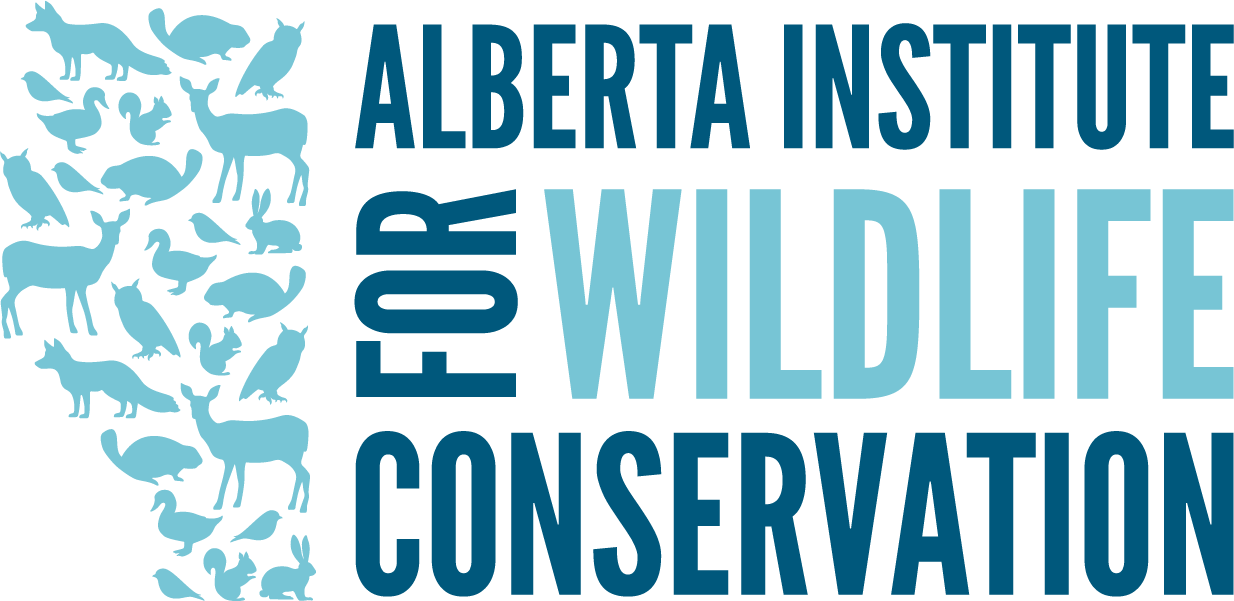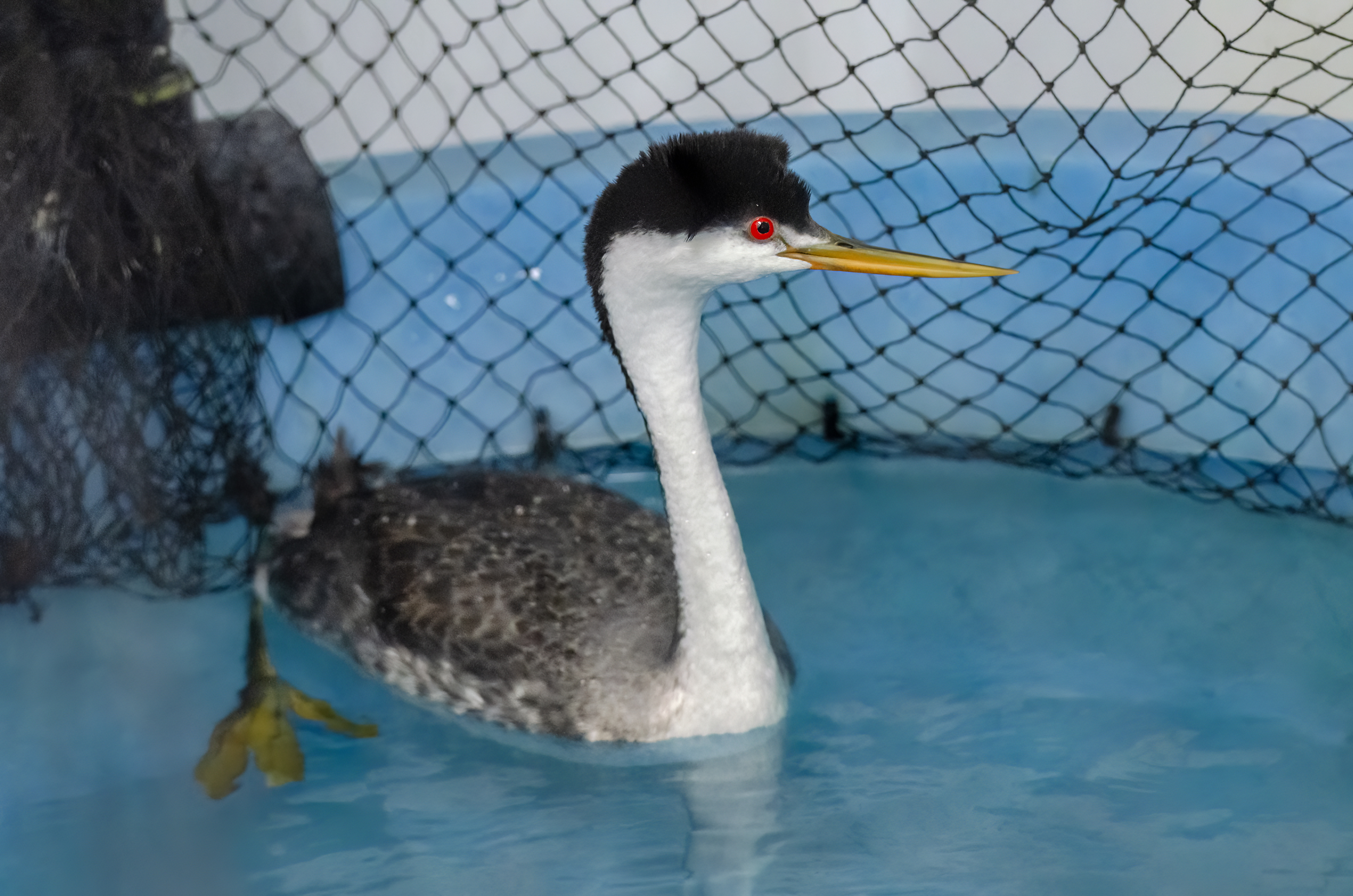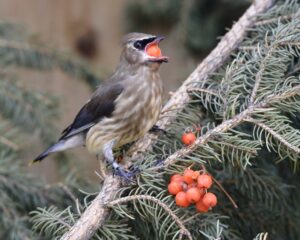By Marissa Hansen
In the vast wetlands and serene lakes of Alberta, a peculiar group of waterbirds glides gracefully, capturing the attention of birdwatchers and nature enthusiasts alike. These grebes are fascinating creatures distinguished by their distinctive features and behaviors that set them apart from other avian species in the region.
Distinctive Features: Feet, Bill, and Beyond
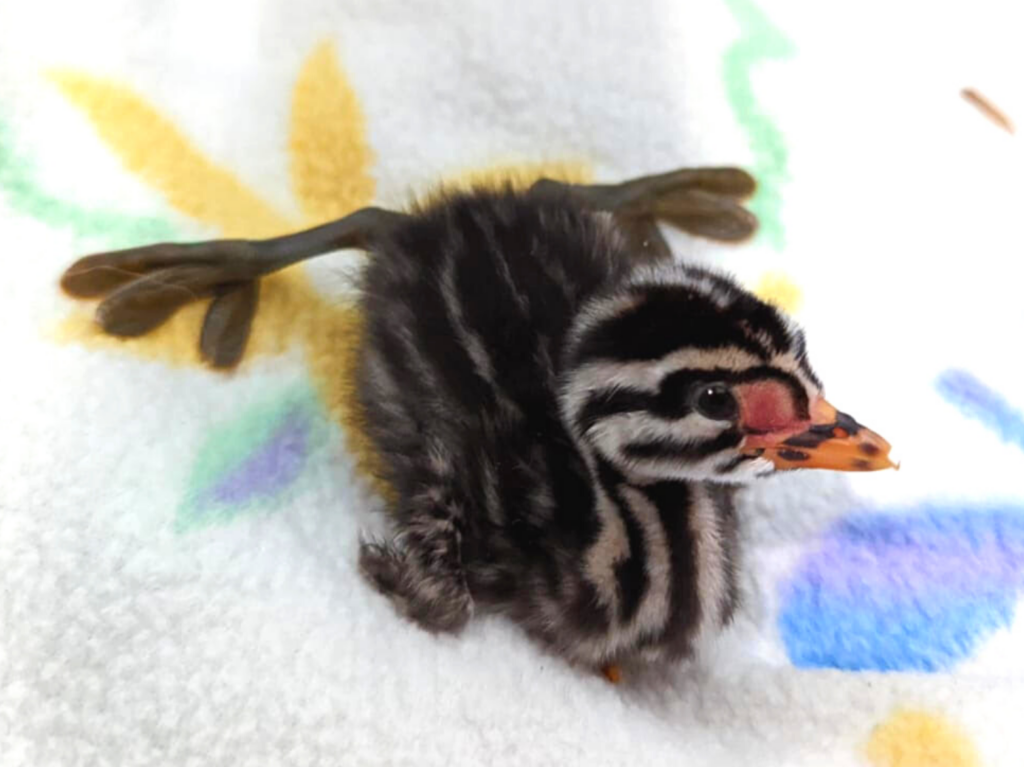
Grebes, belonging to the family Podicipedidae, possess an array of features that distinguish them from other water birds.1 Perhaps the most striking of these is their feet. Unlike the webbed appendages typical of ducks and geese, grebes boast lobed toes, which serve as efficient paddles for navigating their aquatic habitats.1 This unique adaptation enables them to maneuver through dense vegetation and swiftly dart after elusive prey.2
Moreover, the bill of a grebe is finely tuned for its piscivorous (fish-eating) diet.1 Sleek and pointed, it aids in capturing fish with precision, reflecting their specialization as expert divers. Their streamlined bodies further facilitate underwater agility, allowing them to execute swift, darting movements beneath the surface.1
Species in Alberta: Diversity Amidst Wetland Wonders
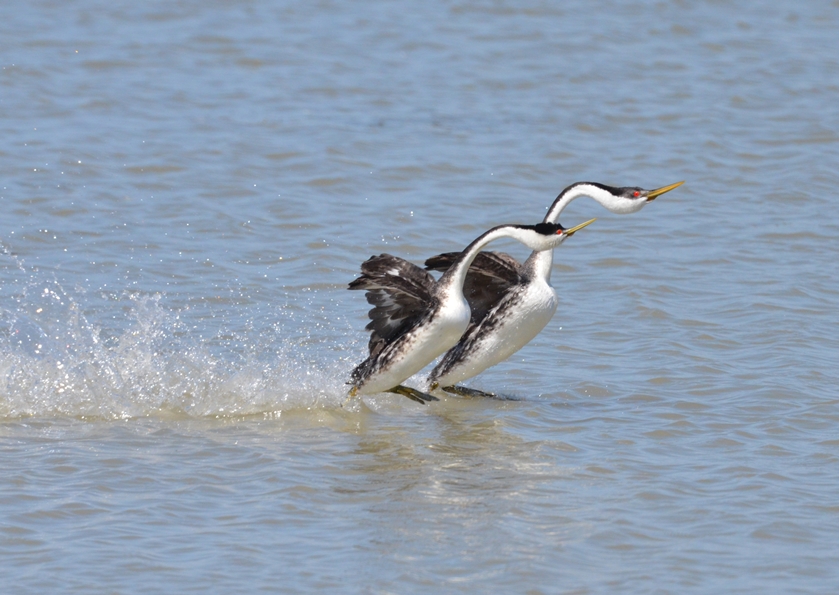
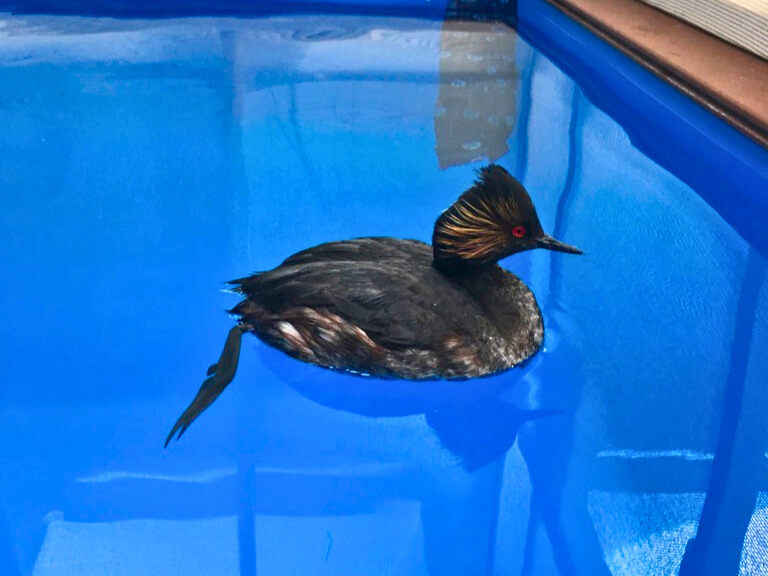
Habitats: Sanctuaries of Serenity
Grebes are intimately tied to their wetland habitats, where they find refuge and sustenance.2 Alberta’s diverse landscape offers a mosaic of marshes, lakes, and ponds that cater to the varying needs of these aquatic birds. From the vast expanse of Lake Athabasca to the secluded oases of Elk Island National Park, grebes find sanctuary amidst the province’s natural wonders.3
Within these habitats, grebes establish nesting sites amidst emergent vegetation, constructing floating platforms that cradle their precious eggs.1 These sanctuaries provide vital protection from predators and serve as nurseries for their downy offspring.1
Threats: Navigating the Perils of Progress
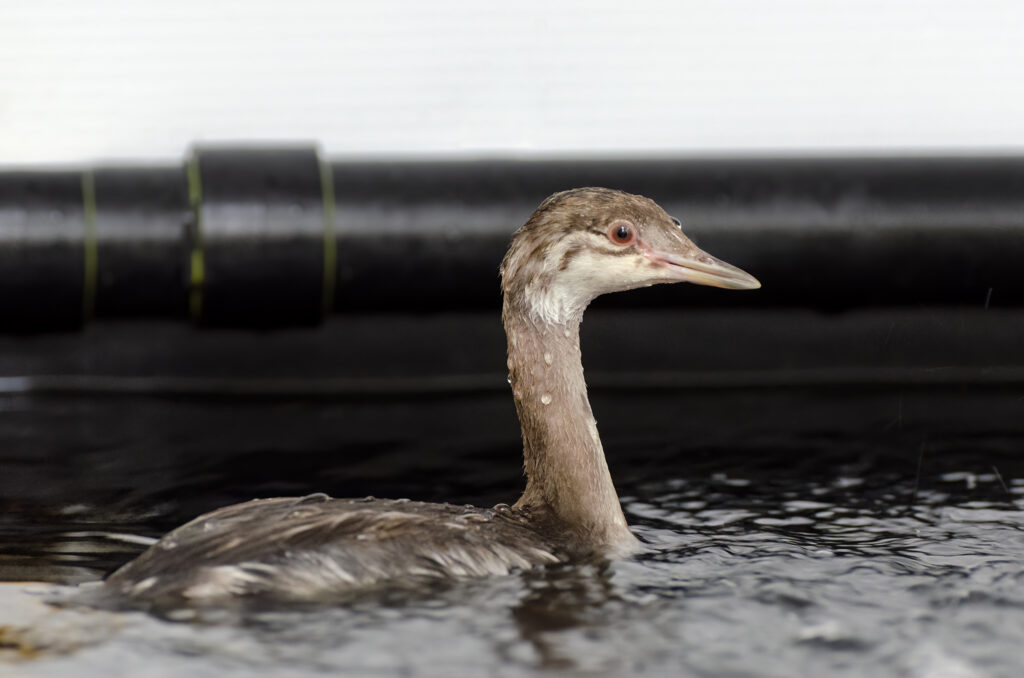
Despite their adaptability, grebes face a myriad of threats in the modern world. Habitat loss and degradation, driven by urbanization and agricultural expansion, encroach upon their watery havens, leaving them vulnerable to displacement and disturbance.4
Pollution poses another significant challenge, contaminating the waters upon which grebes rely upon for sustenance.4 Pesticides and industrial runoff threaten the delicate balance of these ecosystems, accumulating in the fish upon which grebes feed and posing risks to their health and reproductive success.5
Furthermore, climate change exacerbates these perils, altering the dynamics of wetland habitats and disrupting the delicate rhythms of grebe life.5 Rising temperatures and shifting precipitation patterns bring uncertainty to their breeding and foraging grounds, necessitating adaptive strategies to survive in an ever-changing world.4
Conservation Efforts: Safeguarding the Splendor of Grebes
In the face of these challenges, concerted conservation efforts are underway to safeguard the future of grebes and their wetland habitats. Organizations such as Ducks Unlimited Canada and Alberta Conservation Association work tirelessly to preserve and restore crucial waterfowl habitats, ensuring that grebes have access to the resources they need to thrive.6,7
Community engagement and public awareness initiatives play a pivotal role in fostering appreciation for grebes and the ecosystems they inhabit. Through education and advocacy, individuals can become stewards of wetland conservation, championing the protection of these vital sanctuaries for generations to come.
In the heart of Alberta’s wetlands, amidst the tranquil waters and rustling reeds, grebes continue to enchant and inspire with their unique beauty and beguiling behaviors. As guardians of these fragile ecosystems, it is our collective responsibility to ensure that these waterborne dancers continue to grace our marshes and lakeshores for years to come.
References
- Hanus, Stephen, Hugh Wollis, and Lisa Wilkinson. Western (aechmophorus occidentalis) and eared (podiceps nigricollis) grebes of central Alberta: Inventory, Survey Techniques and management concerns. Edmonton: Alberta Sustainable Resource Development, Fish & Wildlife Division, Resource Status & Assessment Branch, 2002. – intro
- “Western Grebe Identification, All about Birds, Cornell Lab of Ornithology.” All About Birds, Cornell Lab of Ornithology. Accessed March 3, 2024. https://www.allaboutbirds.org/guide/Western_Grebe/id#. – habitat, behavior
- “Eared Grebe Overview, All about Birds, Cornell Lab of Ornithology.” Overview, All About Birds, Cornell Lab of Ornithology. Accessed March 3, 2024. https://www.allaboutbirds.org/guide/Eared_Grebe/overview.
- Ellis, Rebecca. “Horned Grebe.” Edmonton & Area Land Trust, April 27, 2023. https://www.ealt.ca/species-spotlight-list/horned-grebe. -risk and conservation
- “Western Grebe(Aechmophorus Occidentalis).” Government of Canada. Accessed March 3, 2024. https://wildlife-species.canada.ca/bird-status/oiseau-bird-eng.aspx?sY=2014&sL=e&sM=p1&sB=WEGR. – conservation
- “Conservation: Ducks Unlimited.” View State Page. Accessed March 3, 2024. https://www.ducks.org/conservation.
- “We Are Conservation.” Alberta Conservation Association. Accessed March 3, 2024. https://www.ab-conservation.com/about/who-we-are/
